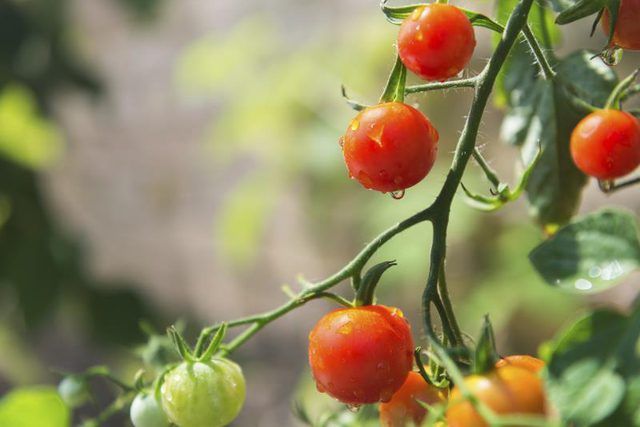Bulbs
Flower Basics
Flower Beds & Specialty Gardens
Flower Garden
Garden Furniture
Garden Gnomes
Garden Seeds
Garden Sheds
Garden Statues
Garden Tools & Supplies
Gardening Basics
Green & Organic
Groundcovers & Vines
Growing Annuals
Growing Basil
Growing Beans
Growing Berries
Growing Blueberries
Growing Cactus
Growing Corn
Growing Cotton
Growing Edibles
Growing Flowers
Growing Garlic
Growing Grapes
Growing Grass
Growing Herbs
Growing Jasmine
Growing Mint
Growing Mushrooms
Orchids
Growing Peanuts
Growing Perennials
Growing Plants
Growing Rosemary
Growing Roses
Growing Strawberries
Growing Sunflowers
Growing Thyme
Growing Tomatoes
Growing Tulips
Growing Vegetables
Herb Basics
Herb Garden
Indoor Growing
Landscaping Basics
Landscaping Patios
Landscaping Plants
Landscaping Shrubs
Landscaping Trees
Landscaping Walks & Pathways
Lawn Basics
Lawn Maintenance
Lawn Mowers
Lawn Ornaments
Lawn Planting
Lawn Tools
Outdoor Growing
Overall Landscape Planning
Pests, Weeds & Problems
Plant Basics
Rock Garden
Rose Garden
Shrubs
Soil
Specialty Gardens
Trees
Vegetable Garden
Yard Maintenance
Vegetables to Plant in Early Spring
Vegetables to Plant in Early Spring. You may have heard general guidelines for starting vegetable gardens, such as *"don't plant until after Mother's Day"*. Although some of the common guidelines are acceptable for summer gardens, gardeners in several U.S. regions miss out on extended planting times if they follow that type of...
You may have heard general guidelines for starting vegetable gardens, such as "don't plant until after Mother's Day". Although some of the common guidelines are acceptable for summer gardens, gardeners in several U.S. regions miss out on extended planting times if they follow that type of advice. Early-spring planting can give you a more bountiful harvest and is actually better for many crops than traditional summer gardening.
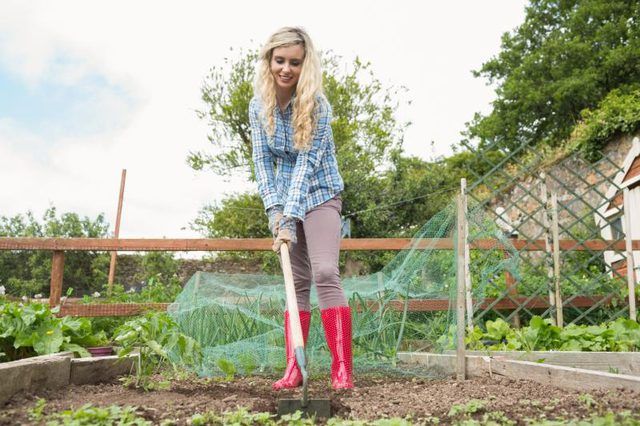
Some of the vegetables common in summer gardens need the long, hot days of summer and an extended growing time. Those hot summer days, however, can cause lettuce (Lactuca sativa) and other leafy crops to bolt or taste bitter. In early spring, though, insect pests aren't as much of an issue for plants due to the cooler temperatures, and spring rains provide irrigation.
Some cool-season crops have very short days to harvest, or the number of days from planting to harvest. They can be planted and harvested either before your summer vegetables are planted or before the summer vegetables are too large and take up too much room.
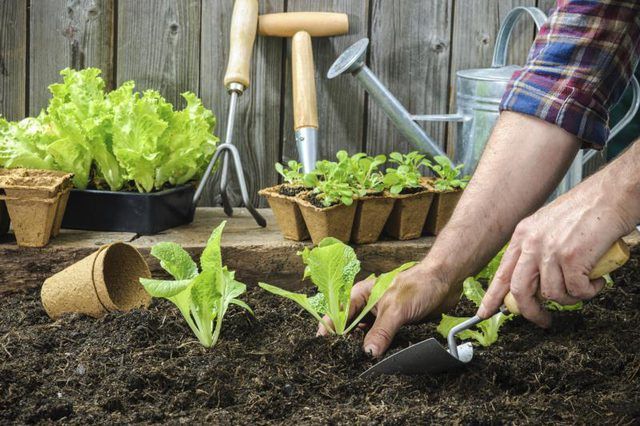
One of the first factors to consider before planting in early spring is that not all vegetables are the same. Some vegetables are particularly tender; even light frost may kill them or stunt their growth. Those plants include cucumber (Cucumis sativus), cantaloupe (Cucumis melo var. cantalupensis), tomato (Solanum lycopersicum), pepper (Capsicum spp.), bean (Phaseolus spp.) and sweet corn (Zea mays var. saccharata).
Semi-hardy vegetables can handle light frost with no issues. They include carrot (Daucus carota), celery (Apium graveolens var. dulce), parsnip (Pastinaca sativa) and lettuce.
Hardy vegetables can handle hard frosts and thrive in early spring, sometimes even late winter. Hardy vegetables include most cole crops such as broccoli, kale, brussels sprouts and kohlrabi (Brassica oleracea variations). Other hardy vegetables include onion (Allium cepa), pea (Pisum sativum), radish (Raphanus sativus) and turnip (Brassica rapa subsp. rapa).
(Ref 2, page 2, table 2)
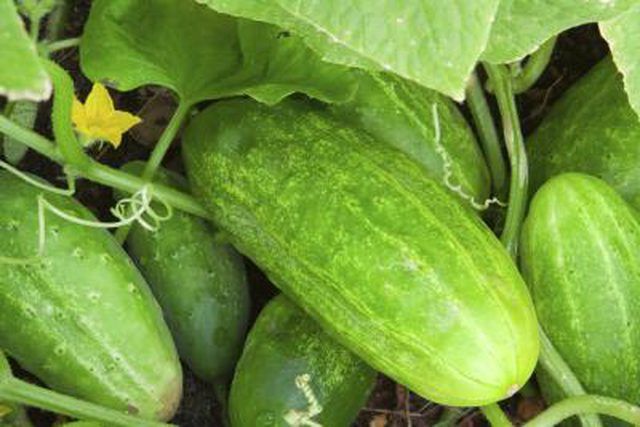
Even though many of the semi-hardy and hardy vegetable crops do well in the cool temperatures of early spring, wait until the soil is workable before planting them. In some regions, workable soil isn't much of an issue because the ground never goes through a hard freeze. In parts of the Midwest, Northeast and other areas, however, frozen soil makes early-spring planting nearly impossible.
Vegetables to plant as soon as the soil is workable include asparagus (Asparagus officinalis), rhubarb (Rheum rhabarbarum) and cole crops.
Despite their hardiness, these vegetables still need to be able to root through the soil and grow. Early to mid-March is usually an ideal time to start planting throughout most areas that experience wintry weather because by then increasingly warmer days thaw the soil enough for planting.
Most cool-season vegetables' seeds germinate in soil that has reached 40 to 45 degrees Fahrenheit; pea and lettuce seeds can handle 35 F soil.
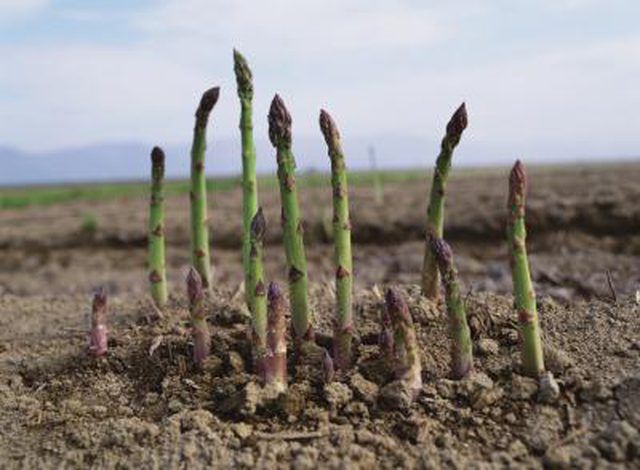
In areas that have warmer winters and spring, some more traditional warm-season crops can go in the ground in early spring. In Maricopa County, Arizona, for example, cucumber and cantaloupe seeds can be planted in late February and March. In Florida, you can plant warm-season vegetables' seeds in March and also set out tomato and pepper transplants, which need to be covered if frost occurs.
